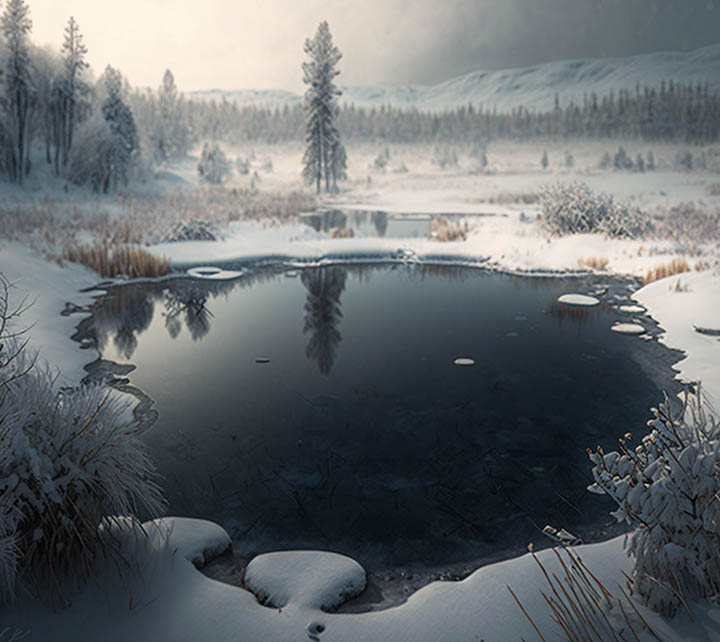Siberia, the vast region in Russia that spans from the Ural Mountains to the Pacific Ocean, is known for its extremely cold temperatures. The reason for this is due to several factors, including its high latitude, continental climate, and lack of coastal influences.
Why Siberia Is Cold?
Siberia is located in the high latitudes of the Northern Hemisphere, with much of it lying above the Arctic Circle. This means that during the winter months, the region receives very little sunlight, leading to colder temperatures.
Siberia experiences a continental climate, which means that there is a large temperature range between summer and winter, and there is little precipitation throughout the year. This type of climate is characterized by cold, dry winters and hot, dry summers.
Lack of coastal influences: Unlike many other regions in the world, Siberia does not have any significant coastal influences that could moderate its climate. The region is located far inland, and the nearest ocean is the Arctic Ocean, which is covered in ice most of the year.

Temperature Records in Siberia
Siberia holds many temperature records, including some of the coldest temperatures ever recorded on Earth. In the town of Oymyakon, located in the Sakha Republic of Siberia, the temperature dropped to −67.7 °C (−89.9 °F) in 1933, which is the coldest temperature ever recorded in the Northern Hemisphere. In the same town, the temperature has reached −60 °C (−76 °F) or colder for 45 consecutive days.
Does It Ever Get Warm in Siberia?
Despite its reputation for extreme cold, Siberia can get quite warm during the summer months. In some parts of the region, temperatures can reach up to 30 °C (86 °F) or higher in July and August. However, these warm temperatures are often short-lived, as the region quickly cools down in the fall and winter months.
In conclusion, Siberia’s extremely cold temperatures are due to its high latitude, continental climate, and lack of coastal influences. The region holds many temperature records, including some of the coldest temperatures ever recorded on Earth. While it can get quite warm during the summer months, the warm temperatures are often short-lived, and the region quickly cools down in the fall and winter months.


